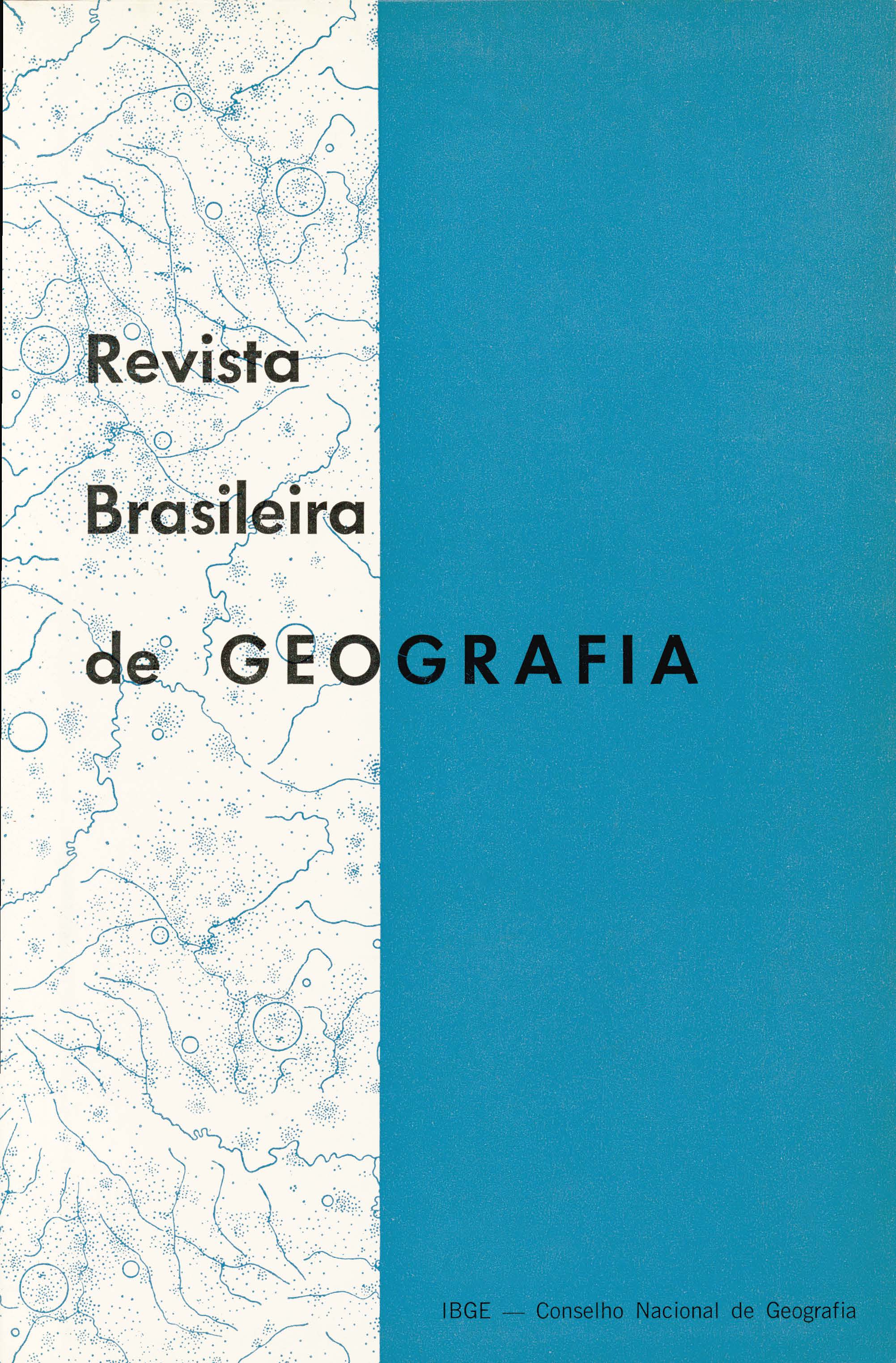Contribuição ao estudo de aglomerações urbanas no Brasil
Palavras-chave:
Regiões metropolitanas, População urbana, Urbanização, Crescimento urbanoResumo
The present paper is a preliminary document, prepared by request of the National Committee of Urban Policy, having in view the establishment of an urban policy in the Country.
The objective of the study is to identify urban agglomerations, which by their magnitude, become susceptible of presenting common social and economic problems, thus justifying the institutionalization of a planning.
The concept of agglomerations has been basically referred to a population dimension, capable of reflecting a certain degree of concentration and complexity of activities as well as to differences related to the level of the regional development and to stages of the urbanization process.
The methodology has been oriented by the hypothetical possibility of identifying hierarchical levels of metropolitan category and urban agglomerations below the metropolitan category.
The criteria for definition of urban agglomerations embrace two basic types (See tables) :
1 - relating to the definition of nucleus-cities - indices based upon the empirical evidence, relating to the minimum population size of a central city required for the different categories of agglomerations;
2 - relating to the delimitation of the agglomerations - consisting of those of urban character as well as of integration, applied to the municipalities located around those which have the nucleus-cities.
The variables used to make the criteria operational have proved still insufficient for a more precise classification and characterization of the urban agglomerations in Brazil, by generating difficulties in delimitation and mensuration of some agglomerations. Besides the variables utilized other ones were suggested such as: the percentage of migrants over the total population; the relation value of agriculture production/occupied area; the evolution of structure of the population economically active; and various types of economic and social flows.
The adopted; procedure has permitted to analyze the differentiation among the agglomerations of metropolitan level, by virtue of stages in the processes of urbanization and industrialization. A typology, embracing all urban agglomerations has pointed out:
A - Metropolitan category (1 - metropolitan areas of national metropolises; 2 - metropolitan areas of regional metropolises; 3 - out-coming metropolitan areas; 4 - sub-metropolitan agglomerations).
B - Below the metropolitan category (1 - agglomerations with a central city; 2 - agglomerations by process of conurbation; 3 - agglomerations of twin-cities; 4 - agglomerations without continuous urbanized space).
In connection with this classification it has been considered spatial standard of urbanization, those that are not restrict to the simple delimitation of the multi-nucleate urban of São Paulo, the urbanization axes, etc. (see maps).
The conclusion suggests references for planning purposes, as follows: I - the need c f a different treatment for each agglomeration, according to dimension, stage or urbanization and internal structure; II - the need to study the agglomerations both as to their reciprocal relationships and their relationship within the respective regional context.






